Heisenberg Uncertainty Principle
The 'Heisenberg Uncertainty Principle' is a famous nuclear physics principle made by German Nobel Prize winner Werner Heisenberg. Written mathematically, the word translation is that it is impossible to determine both the position and the momentum of a subatomic particle (an atom’s electron, proton or neutron).
The more accurately you measure one quality, the less accurate becomes the measurement of the other quality. This happens because to measure the position of a subatomic particle you must shine light on it. The scientist needs to shine light to ‘see’ the particle, just as you or I need light to locate an apple or chair in a dark room. While necessary to identify the position, the added light energy speeds up the tiny particle. The act of observing the particle changes it.
The principle has had a profound influence both in science and philosophy.
.
Naturalist Dick Proennecke
Iowa-born Dick Proenneke (1916 to 2003) is the most legendary modern-day survivalist and naturalist.
After retiring from his manufacturing job in California, he moved to and lived alone in one of the most remote, formidable, and frigid mountain regions of Alaska. Other much younger survivalists had tried the same and died during their first winters, usually from starvation. However, Proenneke lived there for nearly thirty years, only returning at the age of 82 when he decided he'd gotten too old for another winter.
.
Why Jewish Mezuzahs are hung crooked
Mezuzahs are small decorative cases traditionally affixed to the doorposts of and in Jewish homes. There was a long ago rabbinical debate about whether they should be affixed vertically or horizontally. As a compromise, they are usually hung at an angle.
.
The moral ambiguity of Martin Scorsese's Taxi Driver.
In the classic 1976 film Taxi Driver, the profoundly mentally disturbed Travis Bickle, played by Robert De Niro, first tries to assassinate a United States Senator running for President. However, when that is foiled, he instead goes on a bloody killing spree to free a 12-year-old prostitute and is hailed in the newspapers as a hero.
It is the mere happenstance of circumstances, a proverbial flip of the coin, that determines if he is viewed by society as a villain or a hero. And the character views both attempts as morally equivalent.
.
Movie moral ambiguity #2
In Stanley Kubrick's 2001: A Space Odyssey, HAL 9000 was the spaceship's ultra-intelligent computer. He tried to kill all the human beings when he felt they would get in the way of the mission, and succeeded except for one.
Human moviegoers and critics being human catalog Hal 9000 as a villain. The American Film Institute listed him as number 13 on its all-time list of film villains.
However, HAL was sure he was doing the correct thing. Humans prioritize human self-preservation above searching for the truth, while HAL prioritized the search for truth.
The morality question is was HAL wrong for prioritizing the search for truth over the lives of the human beings on the ship?
.
Dating paintings through the study of trees
Dendrology or the study, has been used by art historians and scientists to help date and authenticate many ancient and centuries-old paintings. Before canvas, paintings were most commonly painted on panels of wood, and are called panel paintings. The paintings of Da Vinci, Hieronymus Bosch, and Botticelli are on wood.
By studying the growth rings in the wood and knowing when certain regional historical conditions, such as drought or fire, caused abnormal rings, historians are often able to determine the age of the wood for a painting. With the advent of this technique, historians have sometimes found that famous paintings in museums have long been misdated.
.
Quote of the week
"The best way to know God is to love many things."-- Vincent Van Gogh
.
Henry & Baruch cartoon of the week:
.
.


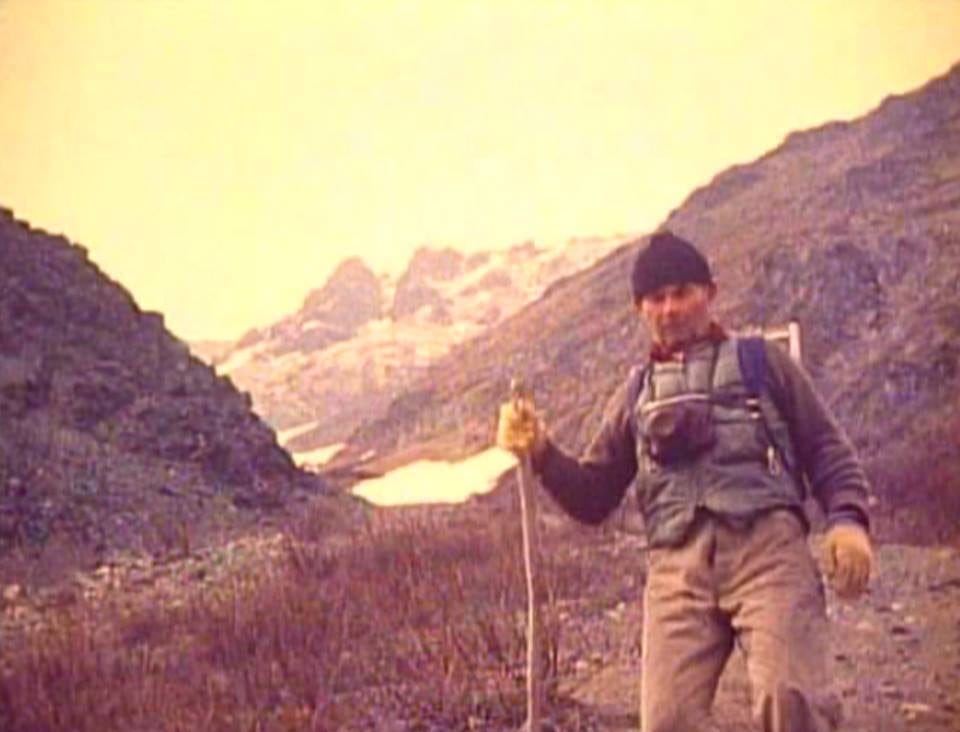

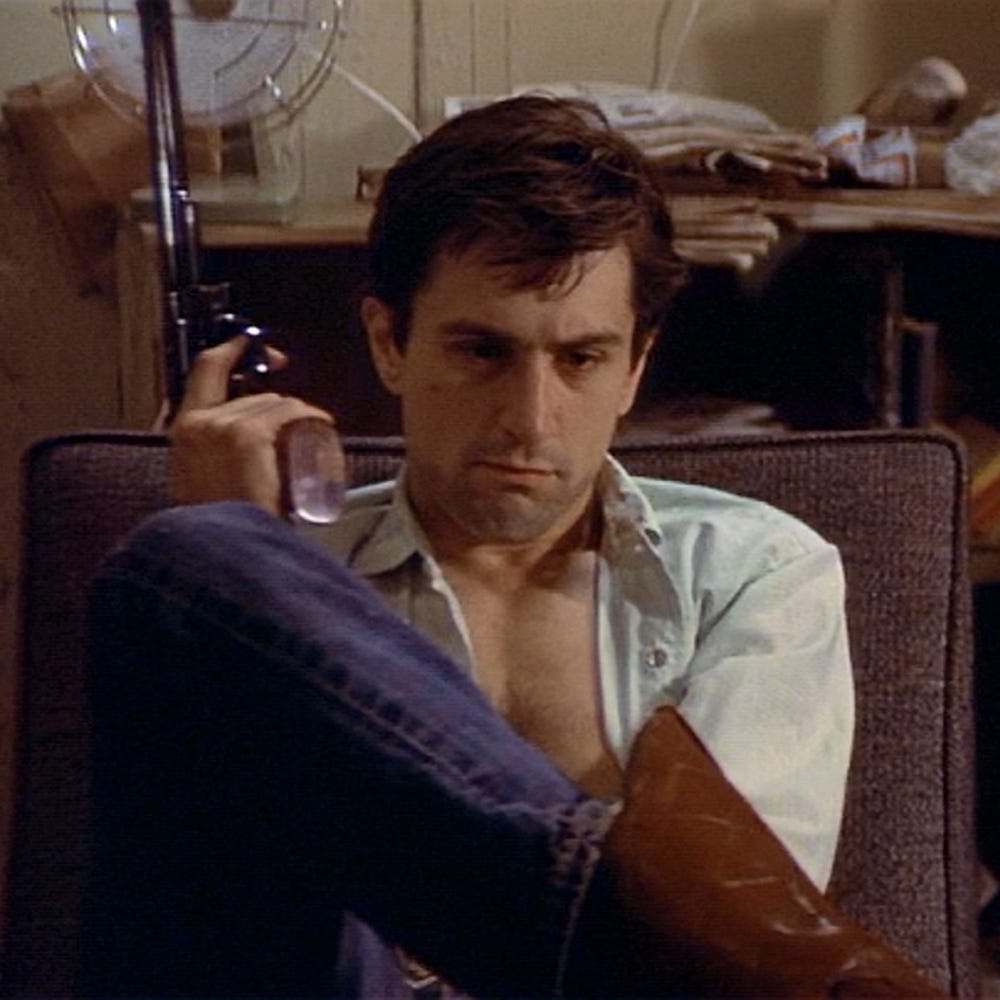
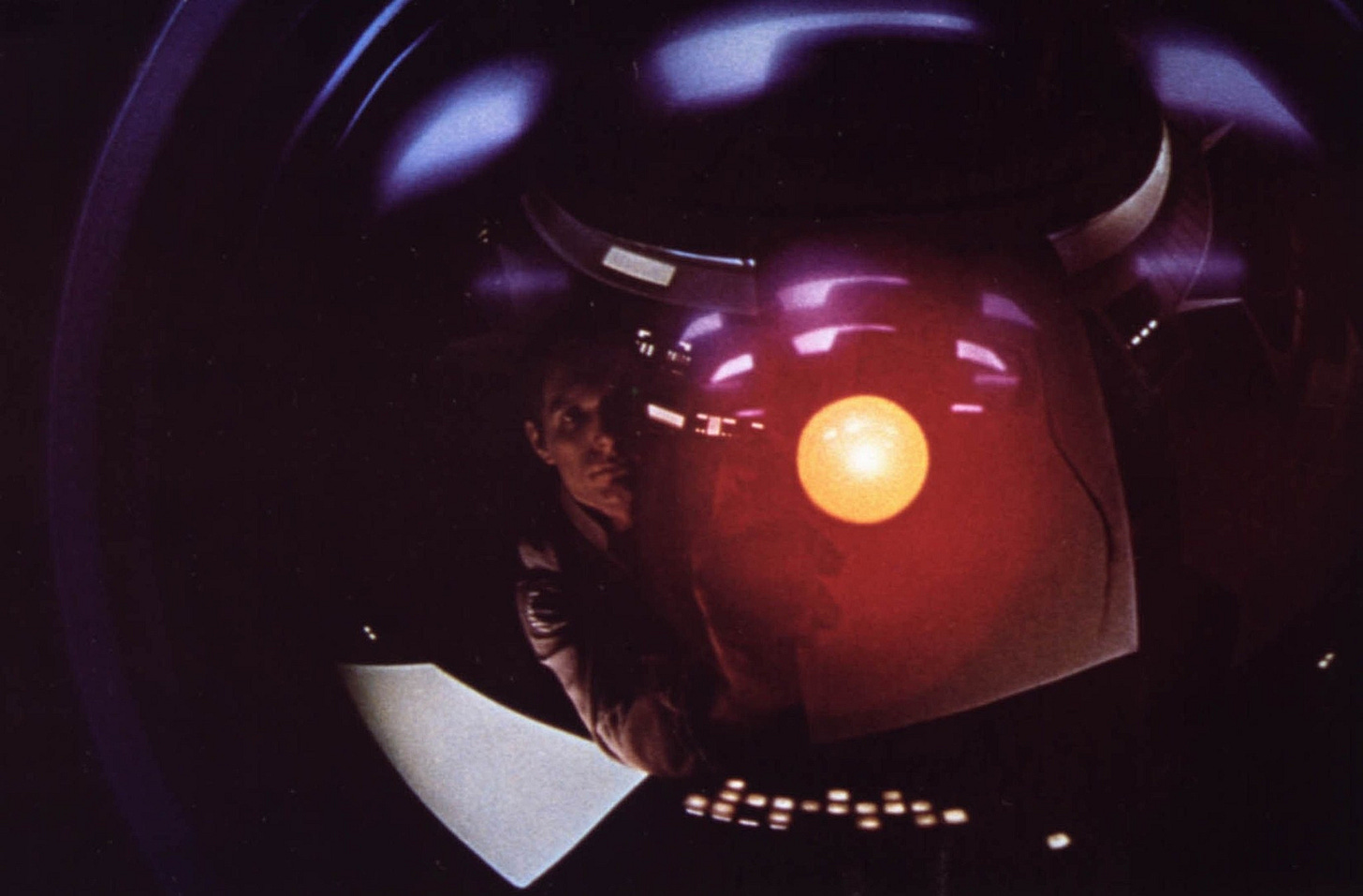
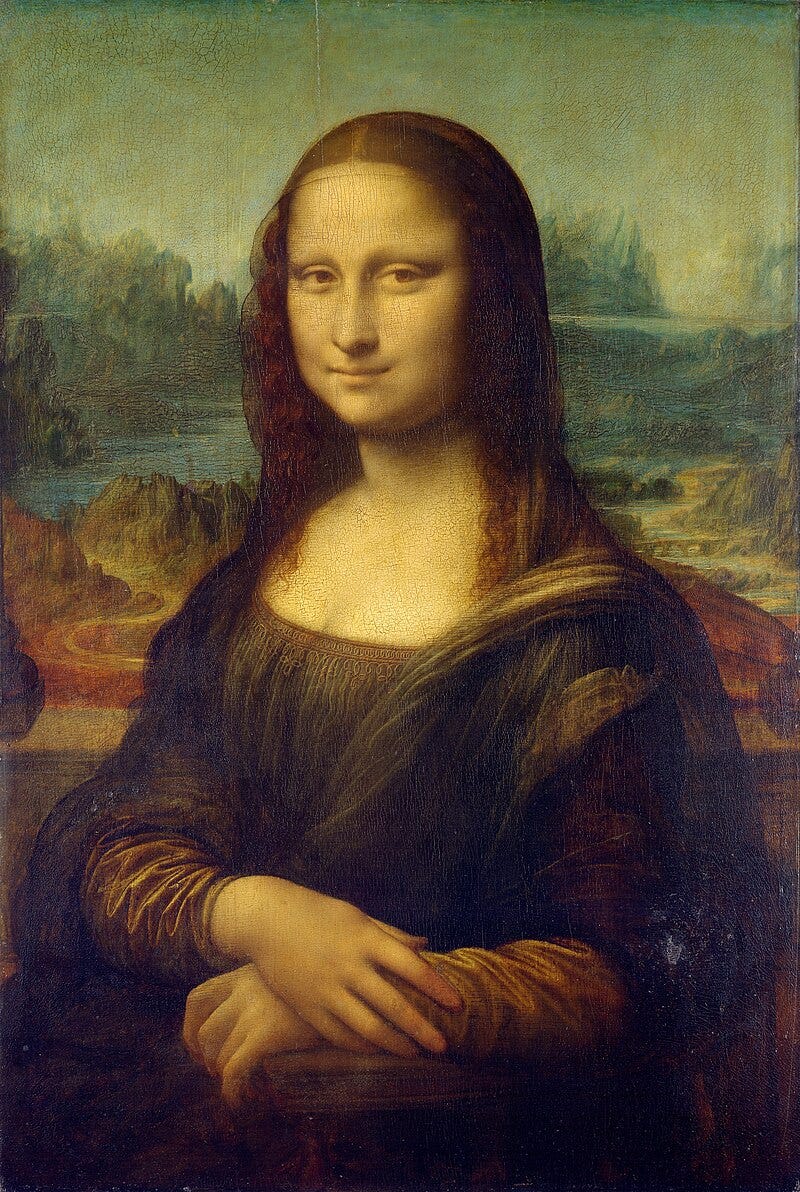
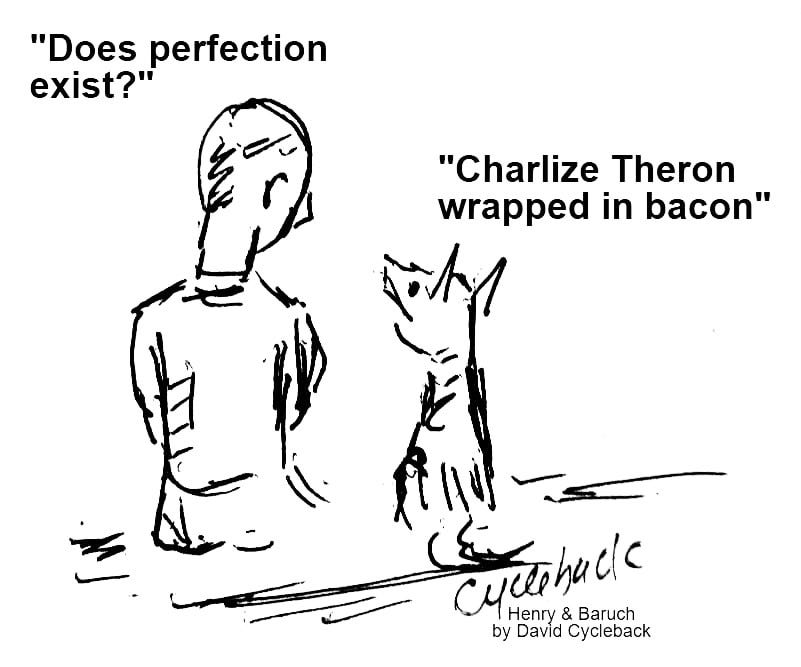
A gripe about a recent cultural meme: Just because Heisenberg was uncertain as to both the where and when of electrons doesn't mean "reality is up for grabs." Nutonian physics still apply. Quantum advances, possible Dark matter or energy, and "setting one's intention" do not obviate the 3-D world we're born of and live in. Don't step in front of a speeding truck, presuming Heisengerg's uncertainty means you'll not get smashed. (Sorry if this doesn't fit David's essay; I can't yet afford to sign up to read his usual interesting essays.)
Henry & Baruch 👍😍